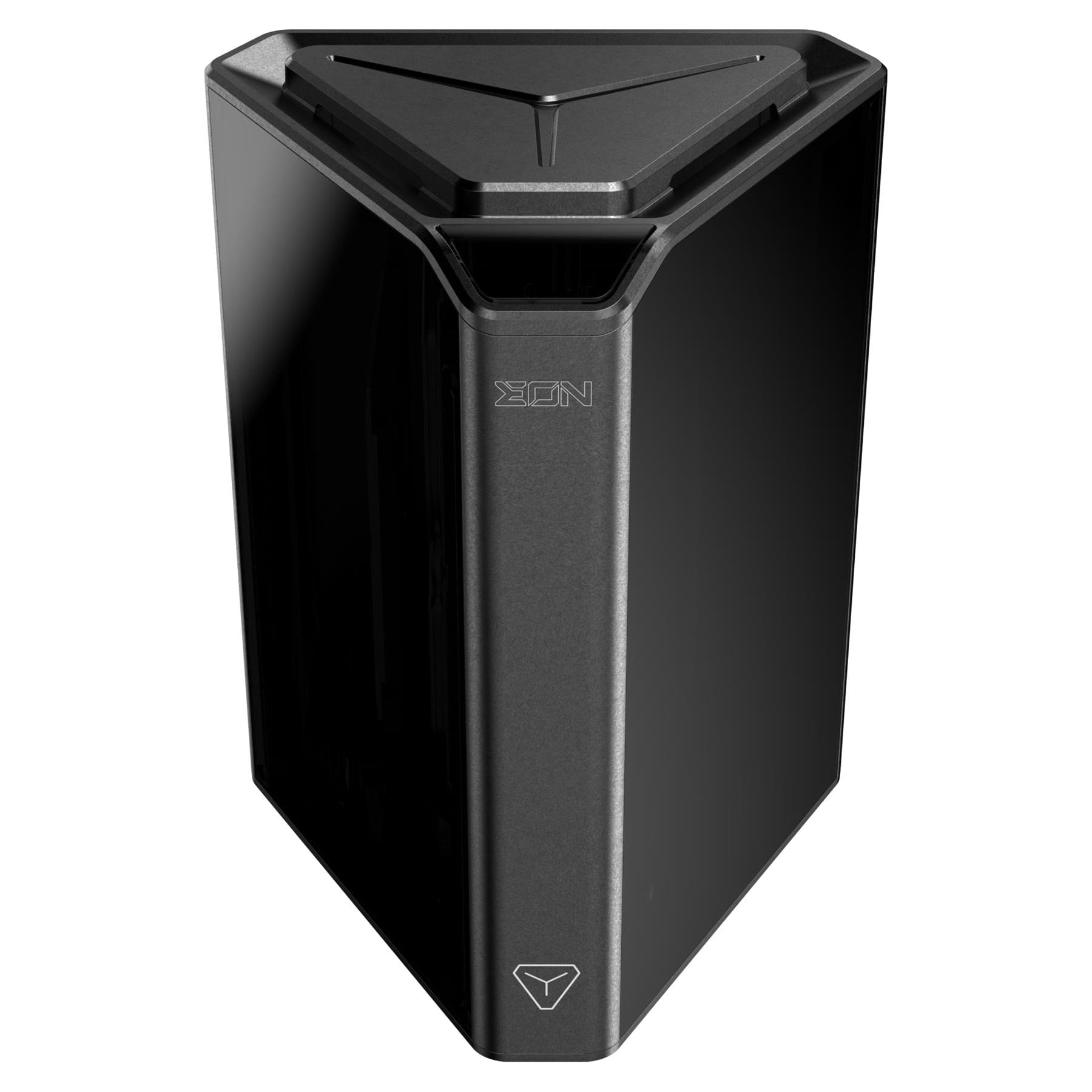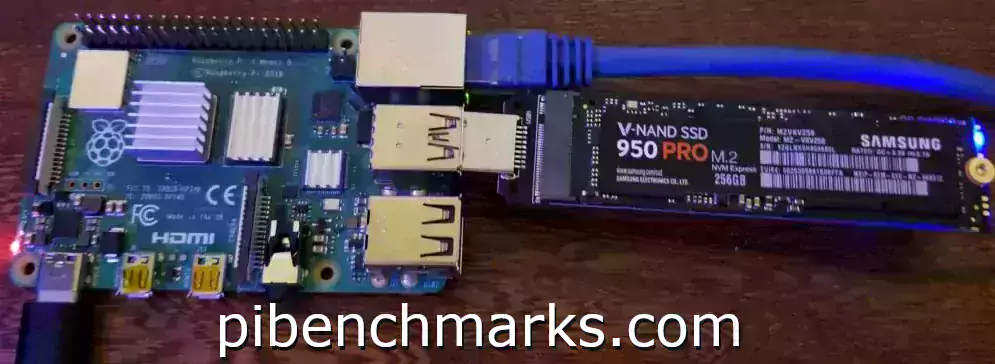Tech Junky
Part of the Furniture
That's what you'll likely see through the pi then too. The limiter is the USB controller inside the shell or the port you connected to. If you shuck the drives from the shell and connect directly to sata they would run faster.60-70 MB/s




